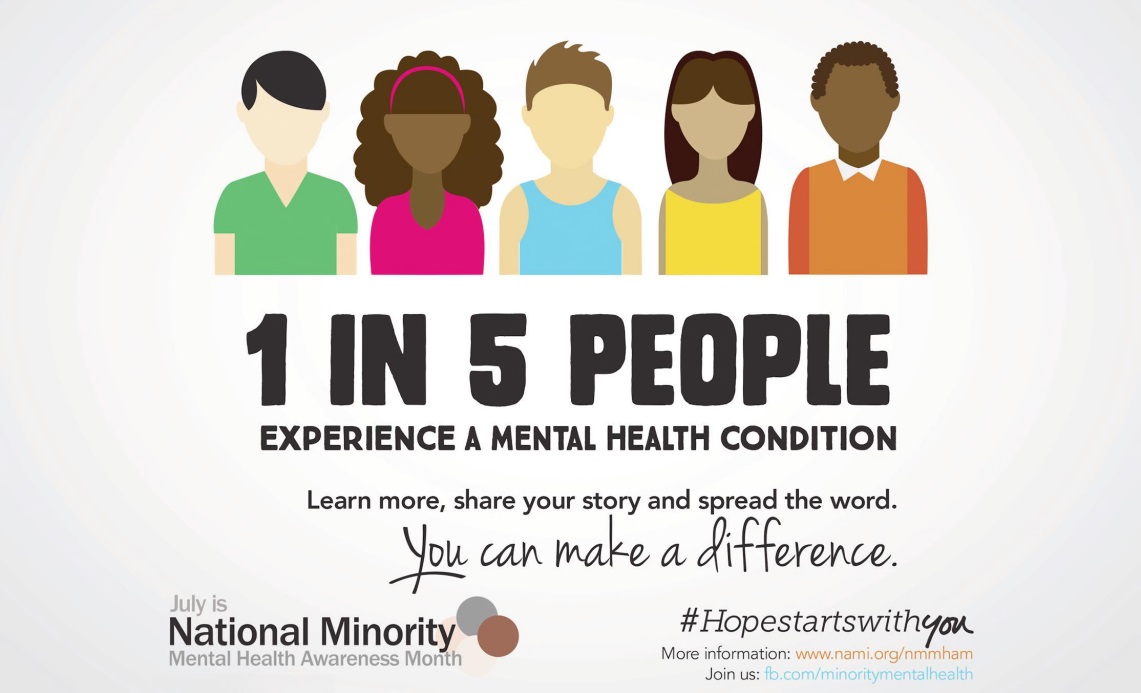The numbers on the psychoeducational or other type of standardized assessments are important. For example, when it comes to standard scoring the mean (which is average) is 100, and 15 points below 100 or above one hundred, is one standard deviation. One standard deviation is equivalent to one grade level above or below the mean. If a student receives a standard score of 80 in reading comprehension and that student has an IQ of 135, then the question would be “If my child’s IQ is 135, why did he/she score 80, which is twenty points below the 100 (the mean).” This should be a red flag and may implicate that the student is having significant challenges in reading comprehension.
There are other types of scores in addition to standard scoring, such as scaled, percentage, grade equivalent, z-scores, t-scores, and stanine scores. During an IEP, the school may provide a diagram to the parent of a Bell Curve, which has all the types of scoring. I would suggest that the parents ask the psychologist what all the low scores mean in the testing. Low scores are red flags if the student has an IQ of 100 and above and the difference between the IQ and the academic test scores is 15 plus points than that would indicate a red flag and the parent should question the psychologist. For example, if a student has an IQ of 120 and a standardized test score in math is 80 then the schoolwork will also reflect the struggles in math. Subtracting the 120 from the 80 is 40. 40 divided by 15 is 2.6 standard deviation meaning the student is working two years below grade level. These numbers tell a story once the dots are connected.
Low scores are red flags if the student has an IQ of 100 and above and the difference between the IQ and the academic test scores is 15 plus points.
Scores for students with cognitive disabilities such as IQ scores below 80 are treated differently. The score calculation noted above will not apply to these students. The tests the assessor administers on this target population will need to measure functional abilities versus learning disabilities.
The information provided in this article is based on my personal experience with the national special education system. I am not an attorney nor a psychologist, just a parent who has walked the walk, and now is sharing her firsthand experience in an effort to empower parents. •
ABOUT THE AUTHOR:

Raja B. Marhaba is a mother of 2 sons who needed special education services, and is a special education advocate. She is the recipient of The Diane Lipton Award for Outstanding Advocacy. She was recognized for her work in helping students and families who strive for guidance, supporting them in navigating the right path for their special needs children. 2021 Raja Marhaba was included in, The San Fernando Valley Business Journal sixth annual Valley 200, a special standalone book featuring short profiles of the most influential leaders in the Valley area. Given her stature, and involvement in the valley from Martec Construction to The Jonathan Foundation, and her involvement with Val*Pac (San Fernando Valley Business Political Action Committee) she was honored amongst the elite in her community. She is the recipient for the 2019 L’Oréal Paris Women of Worth Awards and published in the Daily News for her accomplishments with The Jonathan Foundation.
